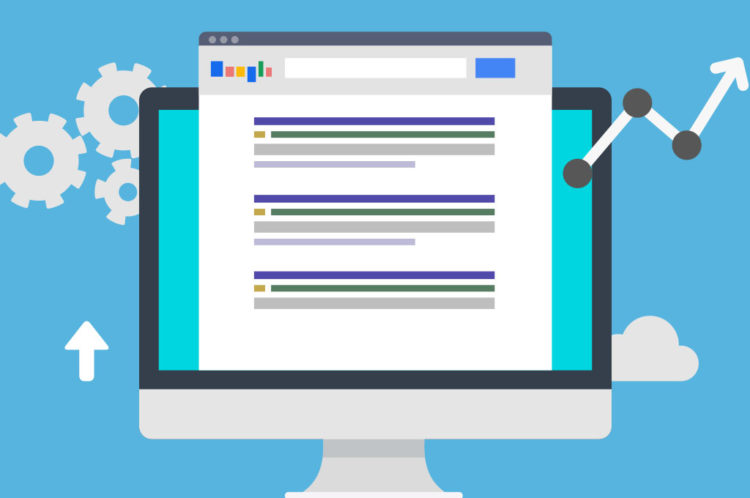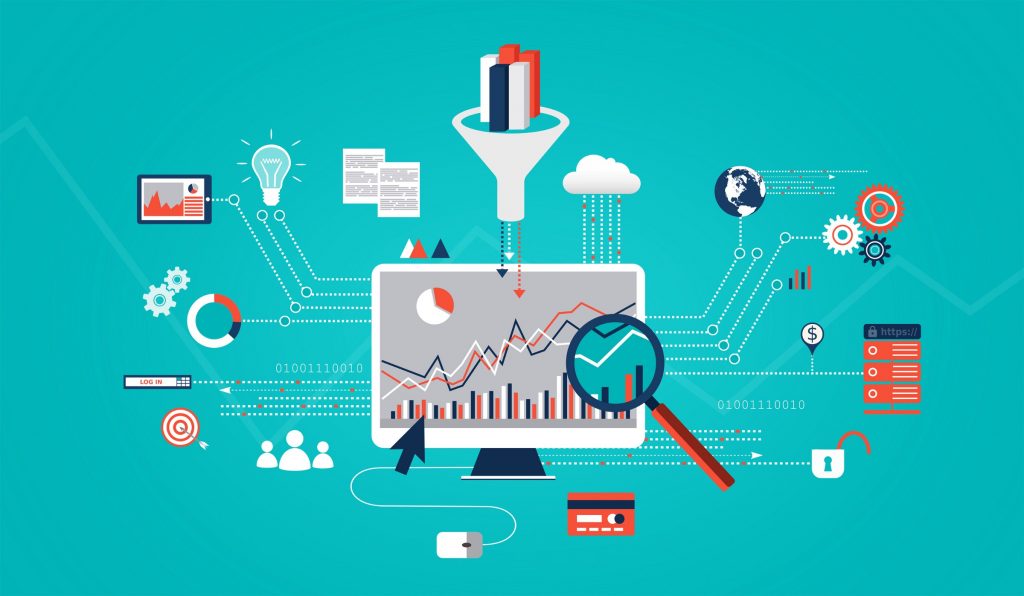GOOGLE ANALYTICS
The tool permits you to track websites, articles, and social networks. In addition, it puts at your removal prearranged and customizable information. As specified in its entrance in Wikipedia, Analytics offers a collection of information on the interchange that reaches your target at the websites according to the viewers, the attainment, the actions, and the exchange passed out on the website. And also, Google Analytics is the leading tool. It suggests more data and metrics than any other.

WHAT DOES GOOGLE ANALYTICS PERFORM?
Google Analytics suggests in sequence concerning user activities that can be critical for your business. There are many motives why you should be employing Google Analytics.

HOW TO USE GOOGLE ANALYTICS?
Using Google Analytics might look like a tricky and hard to handle, but trust us, it is not. We will guide you every step of the method.The first thing you’ll require to do is generate a Google Analytics account and add a tracking code to your website.You can pursue our easy guide on setting up a Google Analytics account and how to put in it to your Word Press website to get started.
DATA COLLECTION PROCESS
DATA PROCESSING
Once the connections of a user have been composed, Google Analytics begins the information processing to change the rare data into useful data that gives you information. To procedure them, each of the data sections is evaluated independently. That is, their characteristic is divided.Google Analytics changes each quality into fundamentals that it calls ‘fields’. In this method, for example, the IP address will turn into the “Visitor’s IP” field. Each part or line provides quite a lot of characteristics, and each one of them is stored in diverse areas.
If you work with Google Analytics every day it is probable that you have faced the description of the attribution model that helps you take out the worth from the data. It is very significant that you define the model very well; in this method, you will get better the outcome.


SETTINGS
Google Analytics relates its settings (for example, pass through a filter) to unprocessed data. When the data has been processed, it is stored in a database. Once processed and inserted into the database, it is no longer possible to modify them. This way you can manage how this data appear in the Analytics profile that you have shaped in your version.
REPORT GENERATION
The ensuing information can be consulted moreover from the Google Analytics web examine itself, or from other spaces for which it is essential to use the coverage APIs.Each account is shaped based on-field evaluation.
That is, feature such as the visitor’s city or its conversion rate is taken into account.Finally, once the information is stored in the folder, the procedure is terminated.The 4 chief objectives in Google Analytics are
